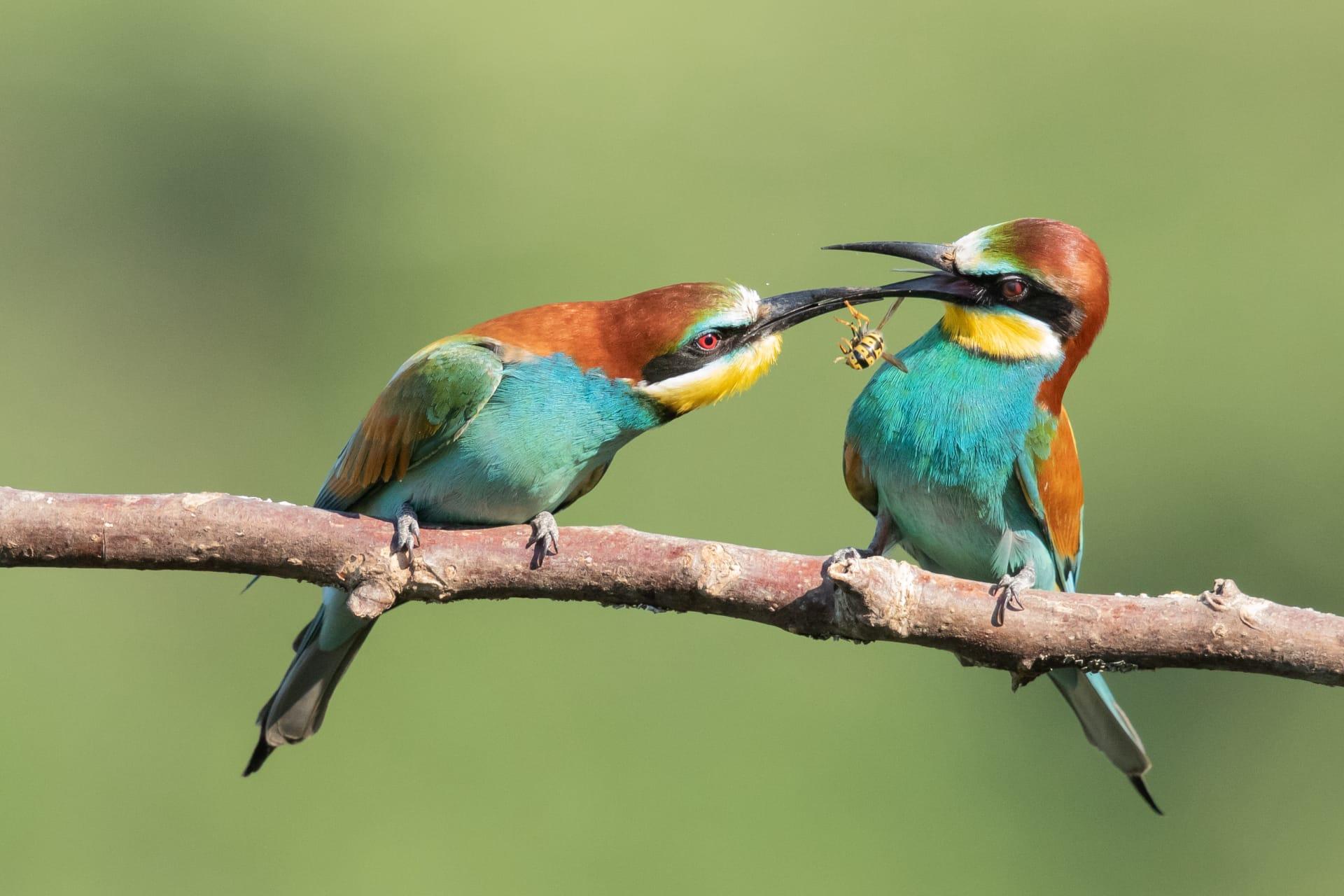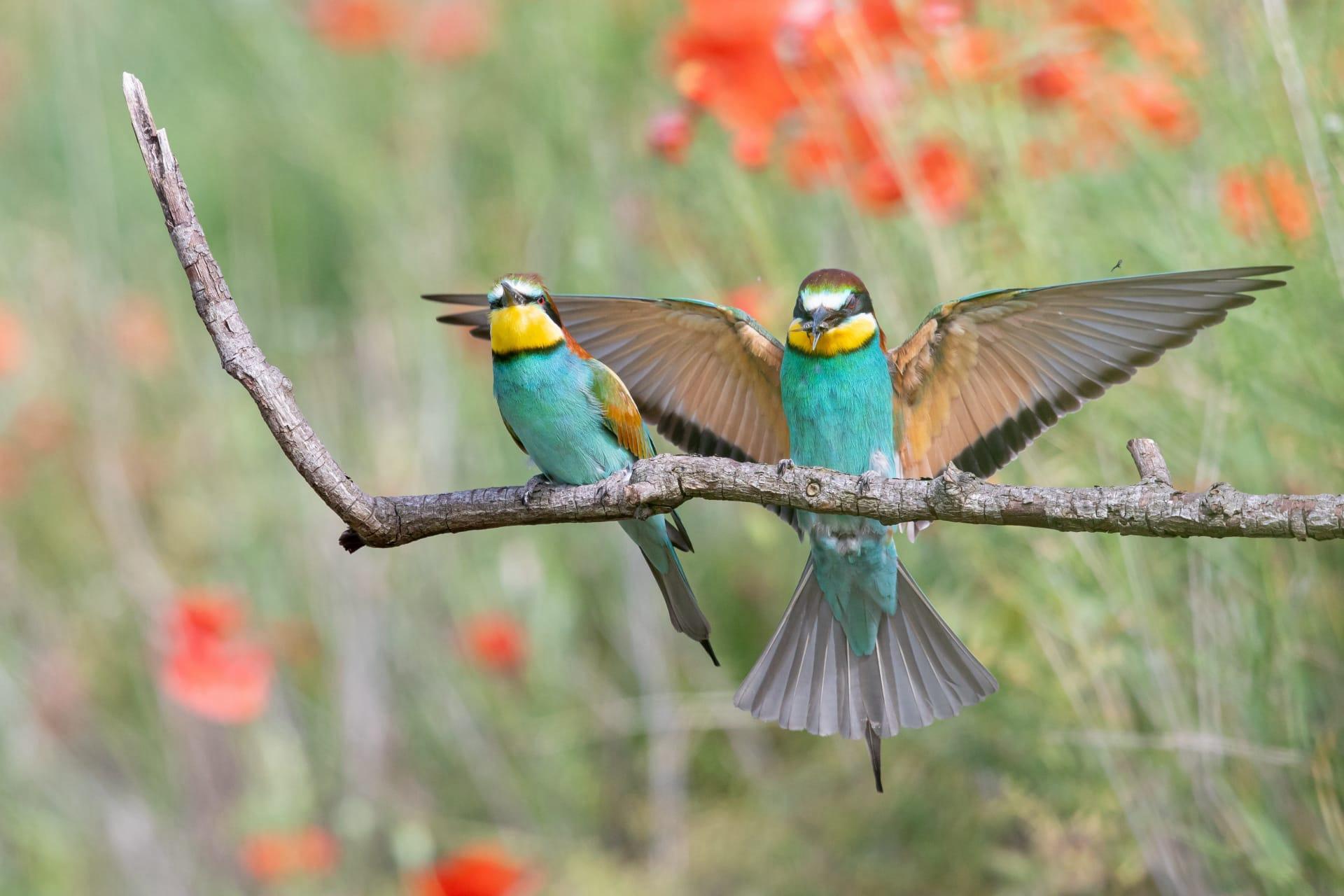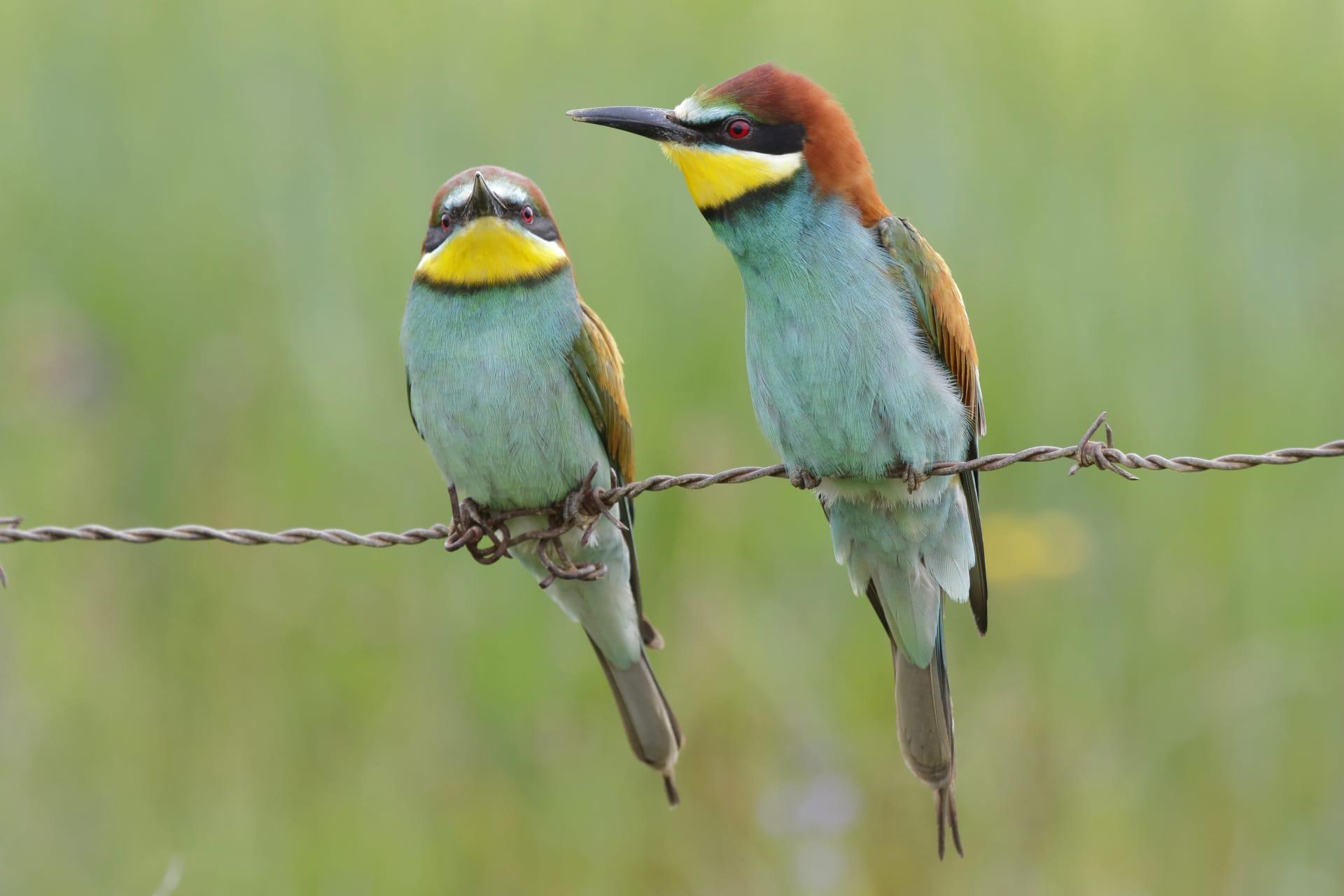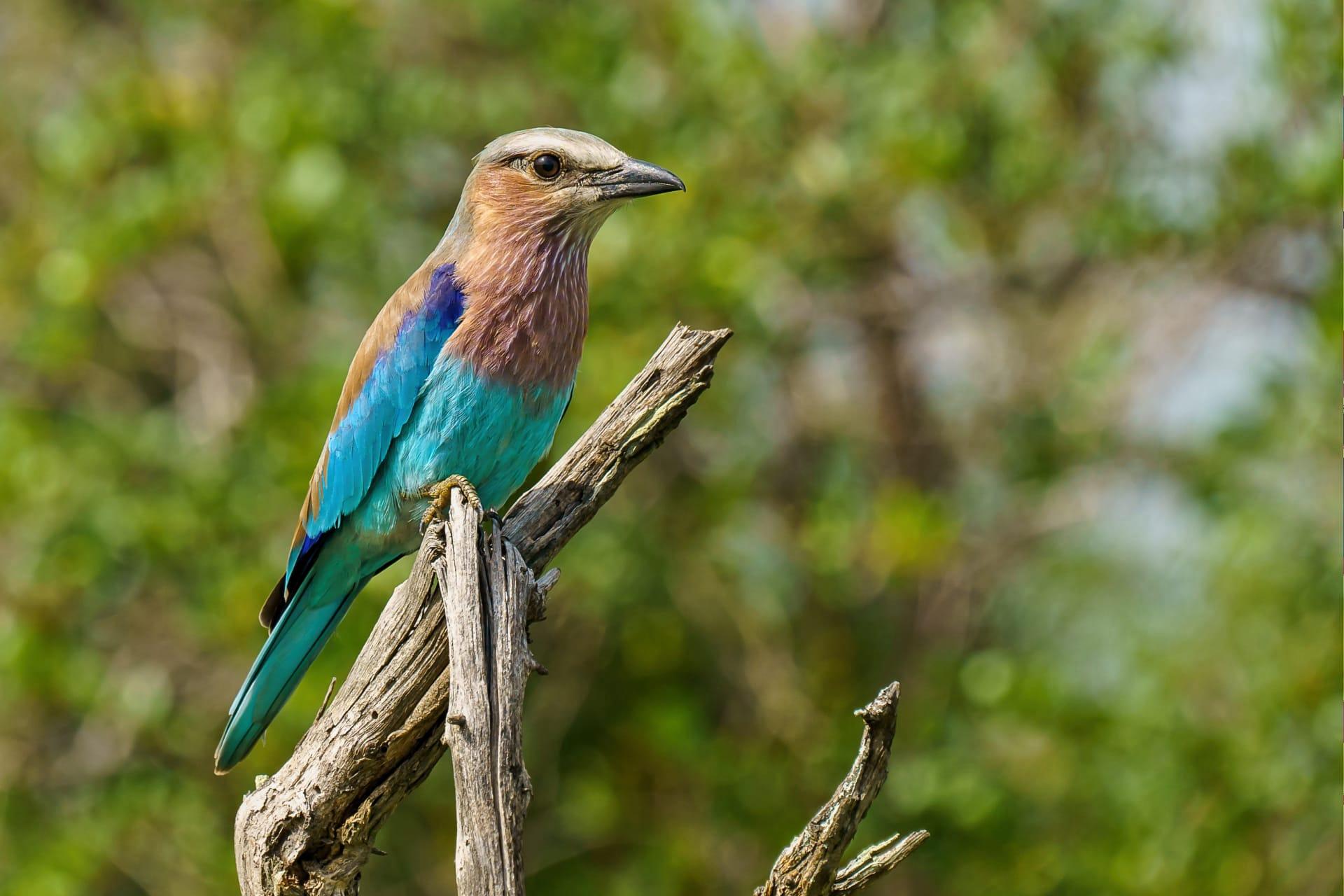Roller Characteristics
- Home /
- Mini Encyclopedia /
- Animal /
- Roller Characteristics
1
Rollers, with their vibrant plumage and acrobatic flight patterns, are a fascinating bird species. They typically measure about 10 to 13 inches in length and have a wingspan of around 20 to 24 inches. These medium-sized birds weigh approximately 75 to 155 grams, depending on the specific species. Rollers are known for their relatively long lifespan in the wild, often living up to 10 years, which is quite impressive for birds of their size.
One of the most distinctive organs of the Roller is its syrinx, a specialized voice box situated at the junction of the trachea and the two bronchi. This unique organ allows Rollers to produce a wide range of sounds, from harsh, raspy calls to melodious tunes. The syrinx's complex muscle structure and membrane vibrations enable these birds to perform their characteristic vocalizations, which play a vital role in communication, especially during mating rituals and territorial displays.

2
Question: Why are Rollers called 'Rollers'?
Answer: The name 'Roller' comes from their breathtaking aerial acrobatics, especially during the breeding season. These birds are known for their dramatic 'rolling' courtship flights, which involve a series of swift dives, sharp turns, and loop-the-loops. This display not only showcases the Roller's flying skills but also its striking blue and brown plumage, making it a spectacular sight in the bird world. The rolling flight is a key part of their mating ritual, attracting mates and deterring rivals.

3
Rollers are agile flyers, capable of swift, direct flight as well as intricate aerial maneuvers. They often perch high on trees or poles, keenly observing their surroundings. This vantage point allows them to spot potential prey or threats from a distance. Their flight is characterized by rapid wingbeats interspersed with glides, showcasing their mastery of the air.
In terms of feeding habits, Rollers primarily prey on insects like beetles, grasshoppers, and crickets. They are adept at catching their prey in mid-air, often launching from their perches to snatch insects in flight. Rollers are also known to feed on small reptiles, amphibians, and occasionally small mammals. Their strong, slightly hooked beaks are perfect for gripping and crushing their prey, highlighting their prowess as skilled hunters.

4
Rollers typically inhabit open woodlands, savannas, and grasslands, often near water bodies. They prefer areas with scattered trees or high perches, which provide excellent vantage points for hunting and nesting. Rollers are found across various regions, including Europe, Asia, and Africa, adapting well to different environmental conditions.
As for reproduction, Rollers are monogamous and are known for their elaborate courtship displays, which include aerial acrobatics and loud, varied calls. They usually nest in tree cavities or abandoned holes made by other birds like woodpeckers. The female lays about 3 to 5 eggs, and both parents are involved in incubation, which lasts around 17 to 20 days. The chicks are altricial, meaning they are born blind and featherless, and are dependent on their parents for food and protection until they fledge, typically around 25 to 30 days after hatching.

5
Book: "Winged Wonders: The Life and Times of the Roller" - This comprehensive guide, authored by British ornithologist James H. Ridley, was published in the United Kingdom in 1998. It delves into the detailed life cycle of the Roller, their migration patterns, and unique behavioral aspects. Ridley's work is renowned for its combination of scientific rigor and accessible writing, making it a favorite among both bird enthusiasts and professional ornithologists.
Book: "The Roller: Colors in the Sky" - Written by South African wildlife expert Sarah M. DuBois and published in 2005, this book offers an in-depth look at the Roller's vibrant plumage and its significance in their natural habitat. DuBois explores the role of coloration in mating rituals, predator avoidance, and habitat adaptation. Her vivid descriptions and the inclusion of high-quality photographs make this book a visually stunning and informative read.